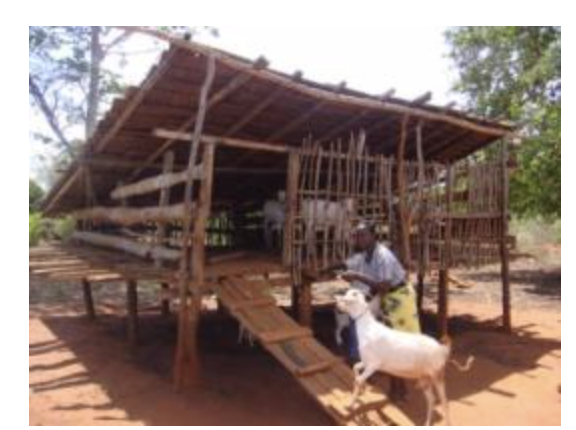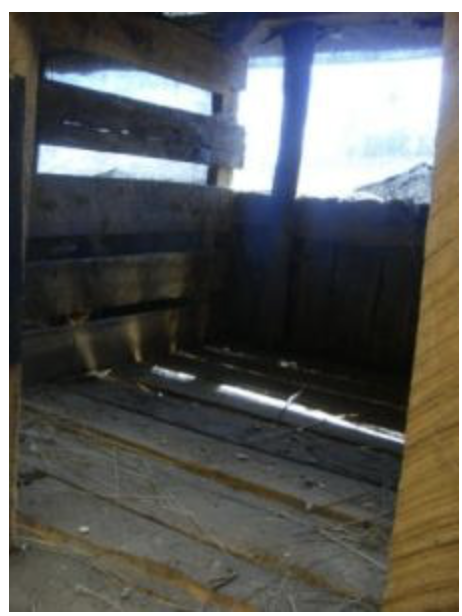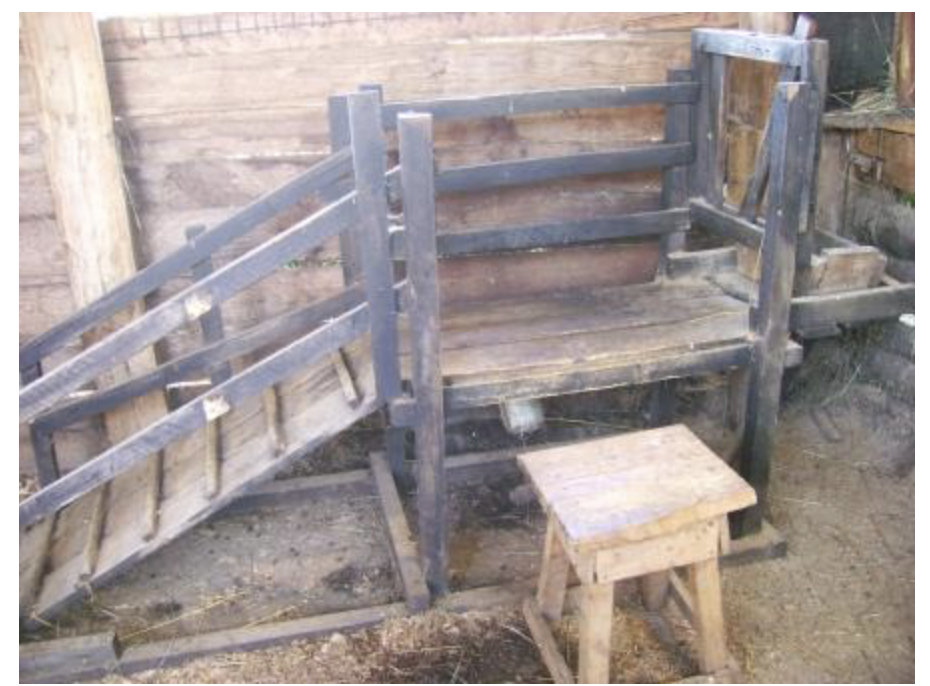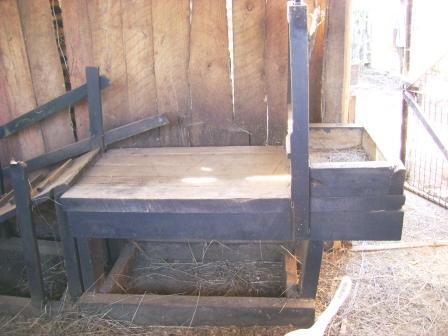Credits: Biovision-Infonet
Bomas
All over Africa, animals are brought into bomas at night to protect them from theft and predators. These bomas are usually sited near homes where they can be easily supervised. Boma walls are usually made from thorny branches piled in a circle. If possible it is advisable to site the boma
a) under a tree for shade in the mornings and
b) on sloping ground so that urine and rain will not make a mess of all the manure.
If the boma is swept out daily, it can be used for a long time. The manure collected is excellent fertilizer for crops, and can either be put directly on the shamba, or sold to farmers in need of the commodity (see manure and compost).
Advantage of bomas:
This practice of bringing the flock to one point every evening has the advantage that each individual can be checked, and problems dealt with.
Disadvantages:
- Bomas, unless kept very clean, concentrate parasites, viruses, skin infections and other diseases in one place. Many of these harmful agencies can survive and multiply in the boma over a period of time. Examples are: foot rot, ringworm, pneumonia, internal parasites as well as communicable diseases such as Brucellosis, Rift Valley Fever etc.
- During the rains the accumulated manure should be removed or it will become a total quagmire, and will cause a high percentage of deaths of animals especially young stock.
Zero grazing housing units for goats have been constructed all over the highlands, many of which are very dark, too small and giving the goats no space for exercising or browsing as is their nature.
Goat pens must be well ventilated, but covered and protected from wind and rain, as goats quickly develop coughs and colds if they are housed in damp or drafty pens. Raised houses with slatted floors are the best design and are much easier to manage, keep clean and are more comfortable for the goat.
A Good House Means Healthy Goats

(c) S. Fontana, BioVison
A good goat house should be
- Rain proof
- Damp proof
- Well ventilated
- Free from direct wind
- Free from sharp objects that might cut the goat
- Pest, wild animal and burglar proof
- Slats on floor for free fall of droppings
- With an area of at least 2m2 per animal
- Outside space for exercise, play and exposure to the sun during the day
The house must be of adequate size for the goat to lie down and walk around. It must also be of adequate size for a doe to be comfortable with her kid for the first month. In zero grazing situations the exercise pen must be big enough for the goat to move around freely and, where there are young stock, there should be obstacles for them to play on; things such as an old tyres, large stones etc can be placed in the kid pens for their play and exercise area. Play and exercise is essential for strong bones and good muscle development. If goats are kept in areas that are too small they will become bored, depressed and it will affect their milk production. Stressed animals are less resistant to diseases and are less productive than happy healthy animals.
Building specifications for dairy goats
Houses should be raised at least 1.5 feet (= 0.5 m or just below knee height) from the ground. A slatted wooden floor is very important. This has small gaps about half an inch wide (or the width of a side of a match box) between the planks or rafters. The gaps must be small enough for the adult goats or kids feet to not go through as this can cause serious injury. Use of local materials means you can use off cut planks, etc. To facilitate the cleaning, goat houses should measure 1,5 m x 1,5m x 1m high

(c) S. Fontana, Biovision
Types of houses
Mud houses (for cold areas)
This is the cheapest house to build because it uses local materials such as posts, mud, rafters for floor, nails and grass for thatch roof. When placing mud, make holes in the wall slanting down so that the wind does not land directly on the goats.
Off-cuts house
This house costs a little more but it lasts longer. Building materials are posts, off-cuts planks, nails, iron sheets or grass for thatching, wood – rafters or planks for the floor.
House Partition (for zero grazing)
There are two main areas of the house, the sleeping area and feeding area. Sleeping area has wall right around with a door. It must be roofed with lots of air being allowed in (i.e. well ventilated). Feeding areas should be open and not roofed, to allow goats to enjoy some sun. It should be fenced right around with a door/gate provided. There is need to provide for feed trough/water area, place for handing fodder (feed racks), floor with slats to let manure fall through to keep feed and animals clean and dry; place to handle mineral block (where it cannot be rained on).
Feed trough. A goat does not like to graze on the ground like a sheep or cow. Goats like feeding at a knee high on the bush or goat house wall. Goats need to be able to drink fresh water at all times.
The feeding area is built 1 meter (3 feet) above the platform with rafters, off-cuts or timber. Troughs must be easy to clean. Floor of trough can be made of off cuts but must be able to hold hay. Feeding space is 35 cm at least per mature goat.
Water Trough. A water trough is placed 1 foot above the floor in the feeding area. Or a 5 litre can is hanged on the outside of the door to the sleeping room. The door should have a small window or a slot so that goats can have access to water day and night.
Kid pen (Zero Grazing). In the case of Toggenburgs and other dairy goats, they often give birth to twin kids so don’t make the pen small. Kid pen should be for at least 6 kids.
Hay barn/store. It is important to store fodder, for use during the dry season. Hay barns are built adjacent to the goat house that is roofed and has a slatted floor to allow air to pass underneath. It is very important that the hay is not allowed to get wet, otherwise it will ‘mould’ and spoil and the goats will not eat it.
Mineral trough
Mineral trough should be made where the goats sleep, 1 foot square box is ideal for this purpose. A halved long plastic container nailed to the board, at least 1 foot wide can be useful. Or just as good – hang the salt so that goat has to reach for it.

(c) Val Corr, Naivasha, Kenya

(c) Val Corr, Naivasha, Kenya
Milking parlour
Make a milking parlour where needed. Before milking clean the udder with a warm, wet cloth. The teats should then be lubricated with milking salve. Goats teats should NEVER be ‘pulled’ when milking. They should be gently squeezed. When you let go the teat will fill with milk ready to be squeezed again. If the teats are pulled the inner membrane will be damaged, resulting in a very painful and/or ‘droopy’ teat. This makes for much less efficient milking and is more difficult for the kid to suck from.